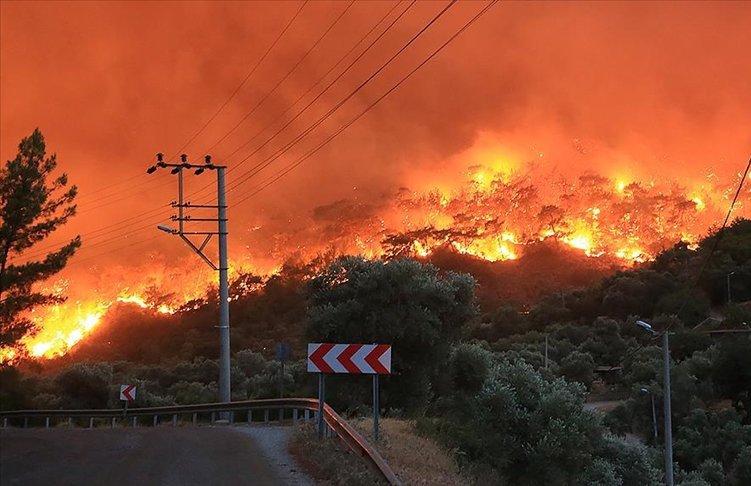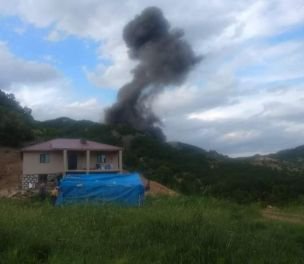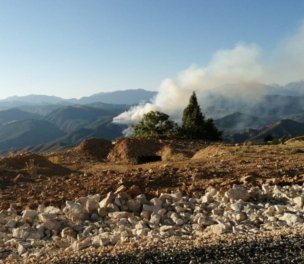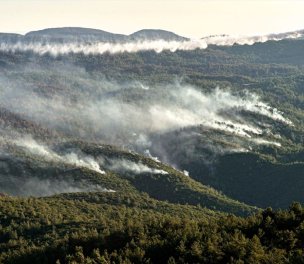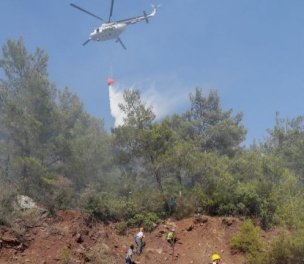Click to read the article in Turkish
The fire intensity in Turkey has reached an unprecedented level as the Eastern Mediterranean region has evolved into a wildfire hotspot, according to a report by the EU's Copernicus Atmosphere Monitoring Service (CAMS).
"We are closely monitoring the intensity of fires in Turkey and around the Mediterranean area and the impacts they are having on the atmosphere," said Mark Parrington, a senior scientist and wildfire expert at the ECMWF Copernicus Atmosphere Monitoring Service.
.png) Fire danger forecasts 'very extreme' (purple) around the Mediterranean. (Images: CAMS)
Fire danger forecasts 'very extreme' (purple) around the Mediterranean. (Images: CAMS)
"It is especially important to closely watch these high-intensity fires as the smoke they emit can have impacts on air quality locally and downwind," he said. "Our data provides near-real-time information on the intensity of the fires and the wider scale impacts, like the effects of their smoke emissions and their impact on air quality."
With Southeast Europe currently experiencing heatwave conditions, the fire danger remains high in the area, especially across much of Turkey and around the Mediterranean, according to the CAMS.
CAMS data also showed that the daily total Fire Radiative Power (FRP) for Turkey has reached unprecedented values in the entire dataset, which goes back to 2003.
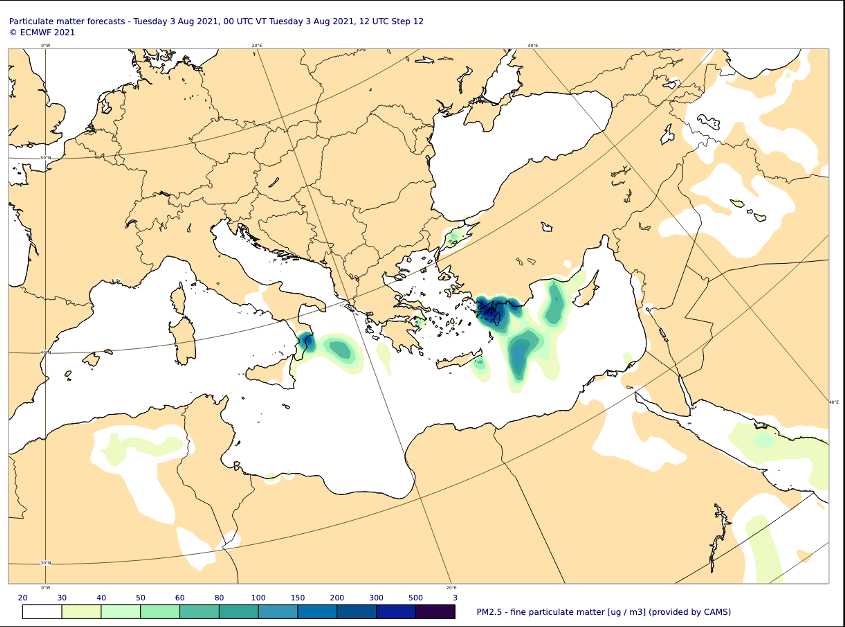 Particulate Matter forecasts for 3rd Aug shows high PM2.5 values over the Mediterranean basin.
Particulate Matter forecasts for 3rd Aug shows high PM2.5 values over the Mediterranean basin.
Since July 28, some 191 wildfires have erupted across Turkey, mostly in the country's tourist regions in the south and southeast, according to the Ministry of Agriculture and Forestry.
While most of the fires have been contained, extinguished or died down, fires in Antalya and Muğla continue with thousands of hectares of land razed. (KÖ/VK)




